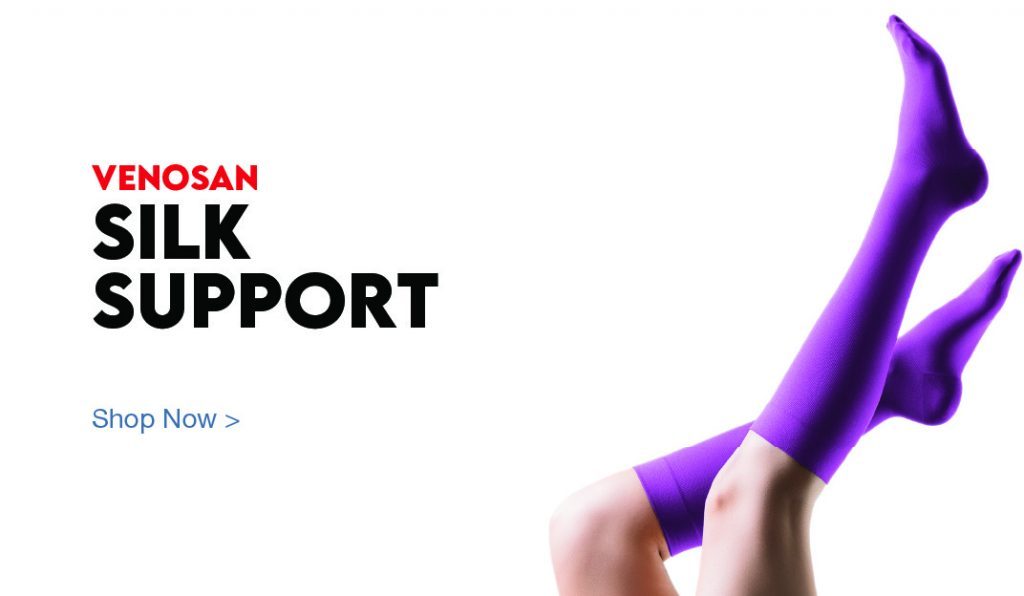What Are Compression Stockings?
Compression stockings are specialized hosiery designed to apply graduated pressure to your legs and ankles, promoting better blood flow from your legs back to your heart. They are often used for medical purposes, especially to help manage conditions like varicose veins, deep vein thrombosis (DVT), and chronic venous insufficiency (CVI). But their use isn’t limited to medical needs—many athletes and those with active or even sedentary lifestyles also find them valuable for enhanced performance and recovery.




